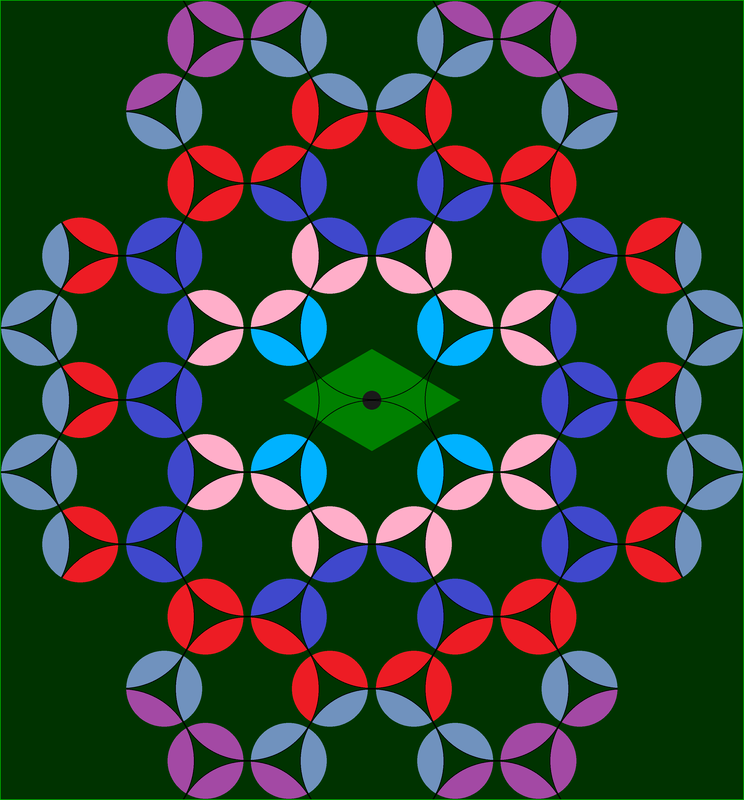|
With everything we need less than 5.0 km from where we live for 90% of people and 5.6 km for everyone. Walking, cycling or e-bikes and mobility scooters are ideal for day to day needs. For the occasional long journey a faster transportation system may be needed. But it would need to be contained to prevent killing bugs and birds and other animals, so is unlikely to be sustainable, at least initially. So we might have to travel slower for the meantime if we want to live responsibly.
|
|
If it's needed, the midsection of the intersection could be a bridge or a tunnel to better allow life to move between nature places.
|







